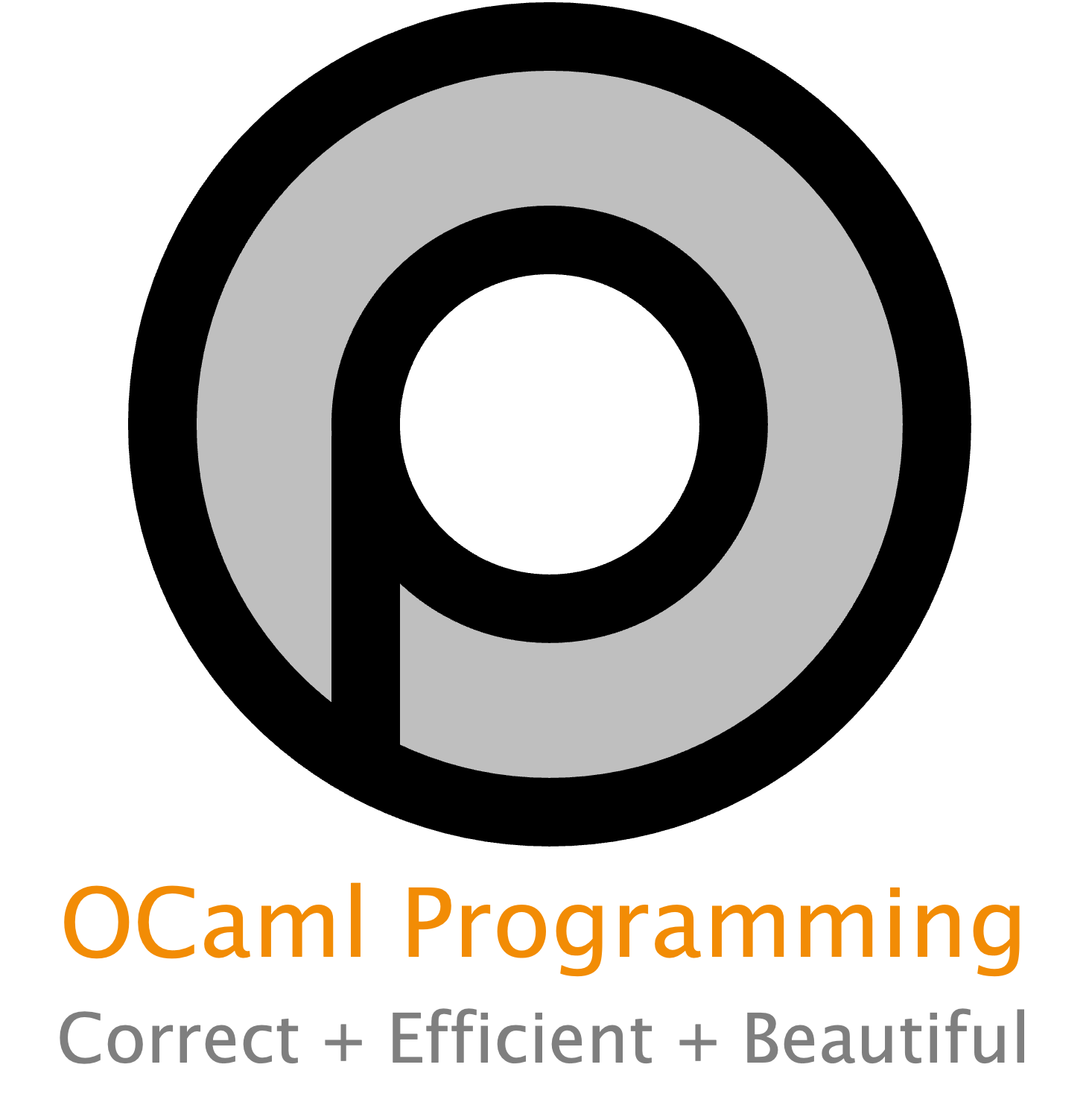3.2. Variants#
A variant is a data type representing a value that is one of several possibilities. At their simplest, variants are like enums from C or Java:
type day = Sun | Mon | Tue | Wed | Thu | Fri | Sat
let d = Tue
type day = Sun | Mon | Tue | Wed | Thu | Fri | Sat
val d : day = Tue
The individual names of the values of a variant are called constructors in
OCaml. In the example above, the constructors are Sun, Mon, etc. This is a
somewhat different use of the word constructor than in C++ or Java.
For each kind of data type in OCaml, we’ve been discussing how to build and access it. For variants, building is easy: just write the name of the constructor. For accessing, we use pattern matching. For example:
let int_of_day d =
match d with
| Sun -> 1
| Mon -> 2
| Tue -> 3
| Wed -> 4
| Thu -> 5
| Fri -> 6
| Sat -> 7
val int_of_day : day -> int = <fun>
There isn’t any kind of automatic way of mapping a constructor name to an int,
like you might expect from languages with enums.
Syntax.
Defining a variant type:
type t = C1 | ... | Cn
The constructor names must begin with an uppercase letter. OCaml uses that to distinguish constructors from variable identifiers.
The syntax for writing a constructor value is simply its name, e.g., C.
Dynamic semantics.
A constructor is already a value. There is no computation to perform.
Static semantics.
If
tis a type defined astype t = ... | C | ..., thenC : t.
3.2.1. Scope#
Suppose there are two types defined with overlapping constructor names, for example,
type t1 = C | D
type t2 = D | E
let x = D
type t1 = C | D
type t2 = D | E
val x : t2 = D
When D appears after these definitions, to which type does it refer? That is,
what is the type of x above? The answer is that the type defined later wins.
So x : t2. That is potentially surprising to programmers, so within any given
scope (e.g., a file or a module, though we haven’t covered modules yet) it’s
idiomatic whenever overlapping constructor names might occur to prefix them with
some distinguishing character. For example, suppose we’re defining types to
represent Pokémon:
type ptype =
TNormal | TFire | TWater
type peff =
ENormal | ENotVery | ESuper
type ptype = TNormal | TFire | TWater
type peff = ENormal | ENotVery | ESuper
Because “Normal” would naturally be a constructor name for both the type of a Pokémon and the effectiveness of a Pokémon attack, we add an extra character in front of each constructor name to indicate whether it’s a type or an effectiveness.
3.2.2. Pattern Matching#
Each time we introduced a new kind of data type, we need to introduce the new patterns associated with it. For variants, this is easy. We add the following new pattern form to the list of legal patterns:
a constructor name
C
And we extend the definition of when a pattern matches a value and produces a binding as follows:
The pattern
Cmatches the valueCand produces no bindings.
Note
Variants are considerably more powerful than what we have seen here. We’ll return to them again soon.

